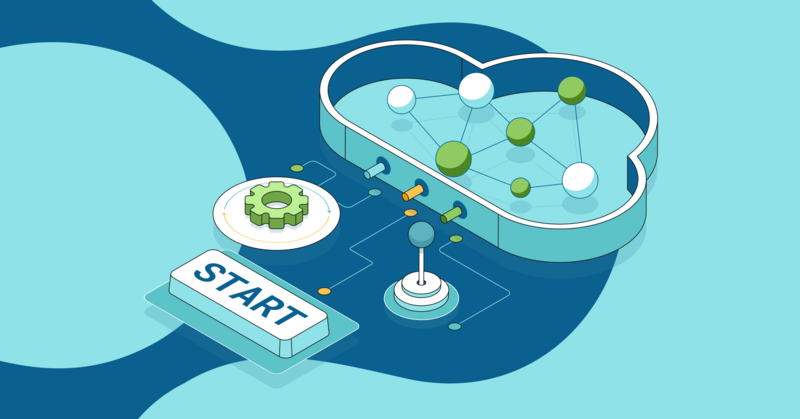Interview: Monitor Network Interdependencies with Neo4j

Enterprise Management Associates
IT and Data Management Research
5 min read

[This article is excerpted from a white paper by EMA and is used with permission.]
Traditional relational databases served the IT industry well in the past.
Yet, in most deployments today they demand significant overhead and expert levels of administration to adapt to change. The fact is, relational databases require cumbersome indexing when faced with the non-hierarchic relationships that are becoming all too common in complex IT ecosystems as well as in dynamic infrastructures associated with cloud and agile. 45097









